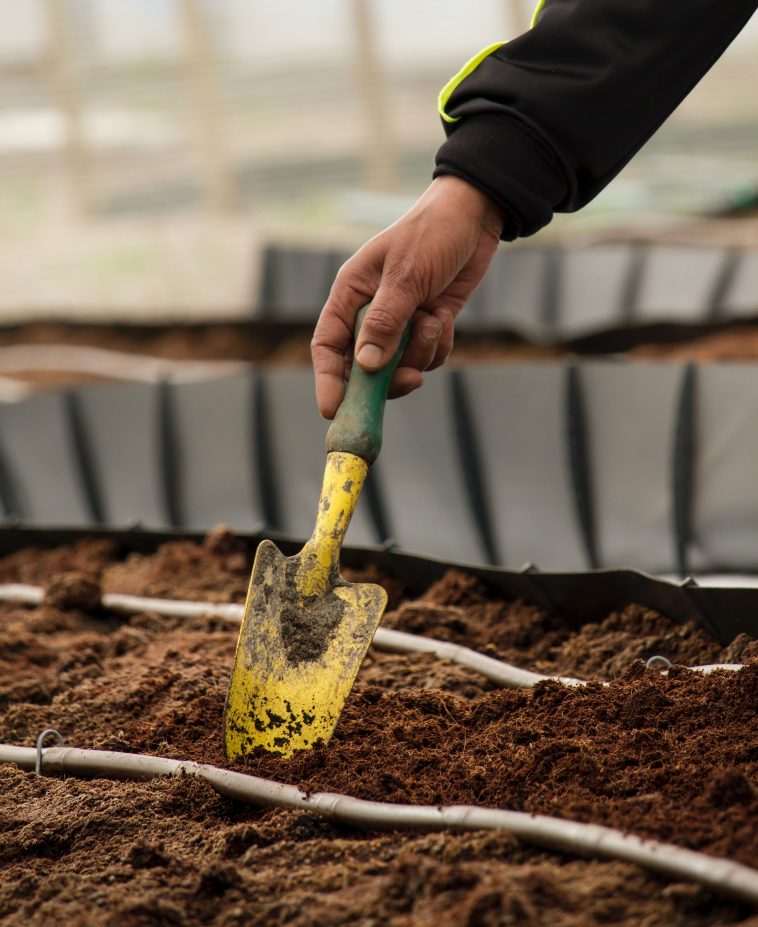In part 5’s edition, we looked at wire mesh composting bins, circular, round, and pentagonal structures, as well as the rotating drum composter. Let us now look at our last three composting structures.
Concrete block composter
Concrete blocks or bricks may be used for building a composting structure. It is easy to build, and the turning of the organic material can be made easier by building two of these structures next to each other. The material on the top of the one structure can then be scooped off and placed in the bottom of the other structure. With this method, the organic material can be transferred layer for layer, for effective composting.
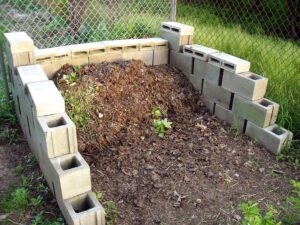
Figure 1: Concrete block structure.
Erection of structure
Materials required:
48 concrete blocks
Procedure:
During the building of the structure, one of the following procedures may be followed:
The concrete blocks can be stacked on their sides so that the holes in the blocks can provide ventilation.
Alternatively, the blocks may be stacked with the holes in a vertical position, but with openings between the blocks. Care must be taken to ensure that the openings between the blocks, as shown in Figure 2, are large enough to provide the organic material with sufficient oxygen for aerobic digestion. The openings must however not be too large, as this may cause the organic material to fall through them.
Composting in stacked tyres
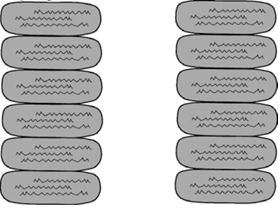
Figure 2: Stacked tyres composter.
A compost heap can be easily constructed by piling 5 to 7 tyres on top of each other and placing the organic material inside it. To begin the composting, one tyre may be placed down, and the first layer packed in, as described earlier (Building of a compost heap). The next tyre can then be placed and the second layer packed in. The process is continued until the compost heap is completed.
To turn the compost, the top tyre can be lifted, placed on the ground and the compost inside is then placed back into it. The process is continued from the top to the bottom tyre. This creates another compost heap next to the original heap. A two or three container system can be implemented this way by simply placing another heap of tyres next to the other.
Composting in a metal drum
By using a 210-litre drum and drilling it full of holes, a very handy composting unit can be made.
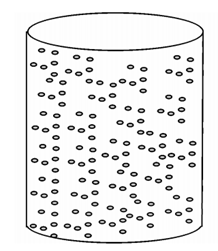
Figure 3: Metal drum composter.
The holes are made to aerate the compost. The organic material is then simply placed in the drum in layers for composting. When the compost must be turned, it can be thrown out, turned with a garden fork, and replaced. If more than one drum is available, a two to three drum system can easily be implemented.
Holes must also be drilled into the bottom of the drum for drainage of excess water and to prevent the drum from rusting. It is also convenient because it gives the microorganisms in the soil access to the compost.
Underground composting
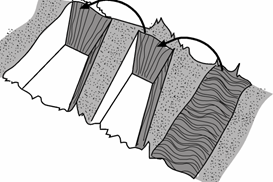
Figure 4: Underground composting.
Dig two or three holes next to each other in well-drained soil. The holes must be approximately 1 m long, 0,5 m wide and 0,5 m deep. To prevent the walls from crumbling with time, the sides of the holes may be dug with a slight incline to the centre of the holes.
Operation:
Fill one hole with organic material and water it regularly. The material must not be wetted too much because the soil may become saturated. If water collects in the bottom of the hole, it can delay the composting process.
After six weeks, the organic material is transferred to the other hole, so that the material that was on top now lands at the bottom of the next hole. The material must be aerated to allow more oxygen to reach all the material.
Continue watering the material as before and turn the contents of both holes after six weeks. Repeat the process every six weeks until a period of six months has lapsed. The compost should then be ready for use. To ensure that the heat formed during composting is saved, the compost holes may be covered with plastic after the organic material is placed inside.
This might not be the best method of composting, because it may easily be over-watered without noticing. The composting can then be delayed with up to a year. If the composting is however managed, it is an easy and cheap method of composting.
We thank the Agricultural Research Council (ARC) of South Africa for the material they provided for the readers of ProagriMeida. For more information, visit their website www.arc.agric.za.

